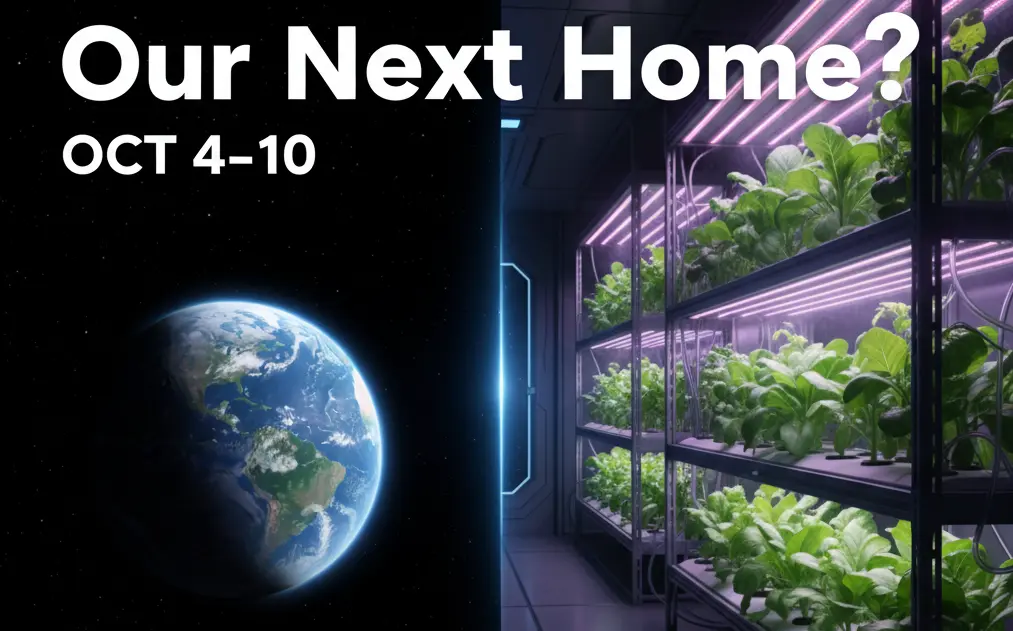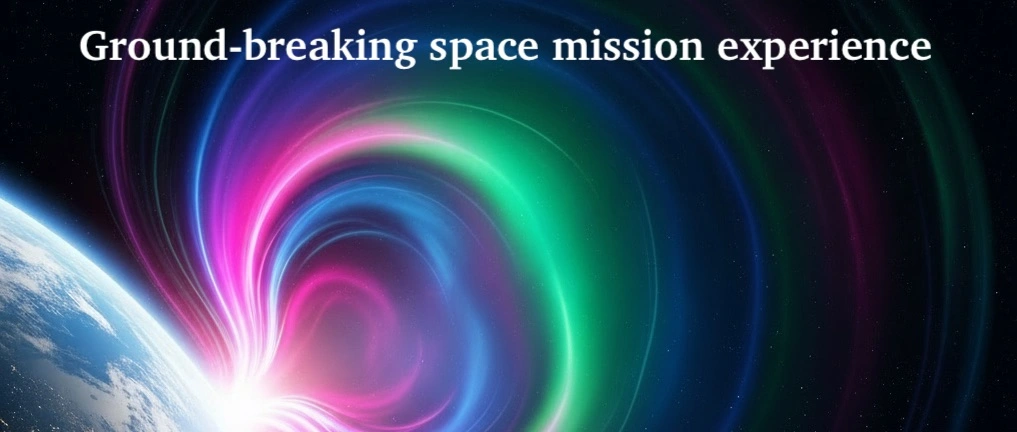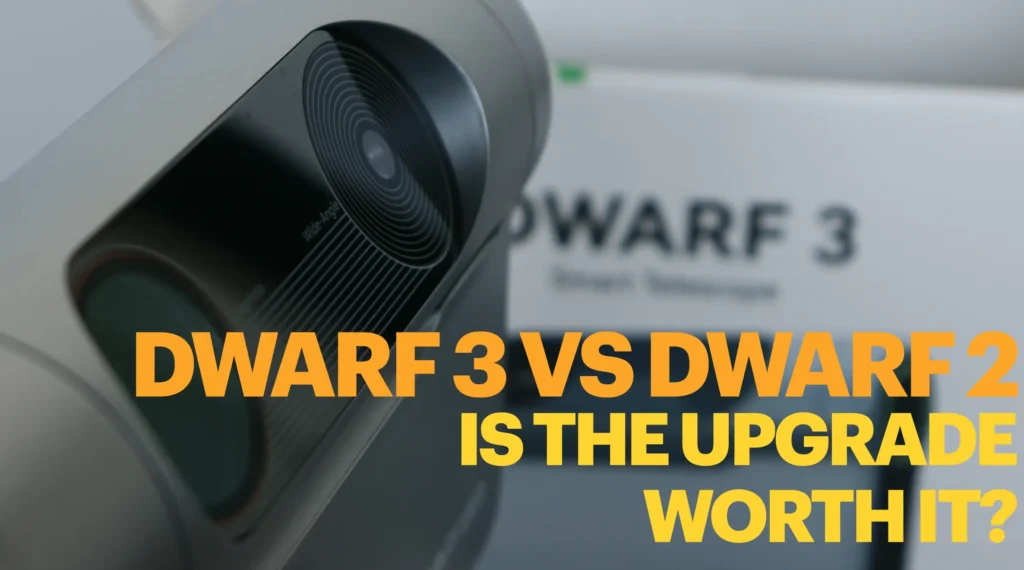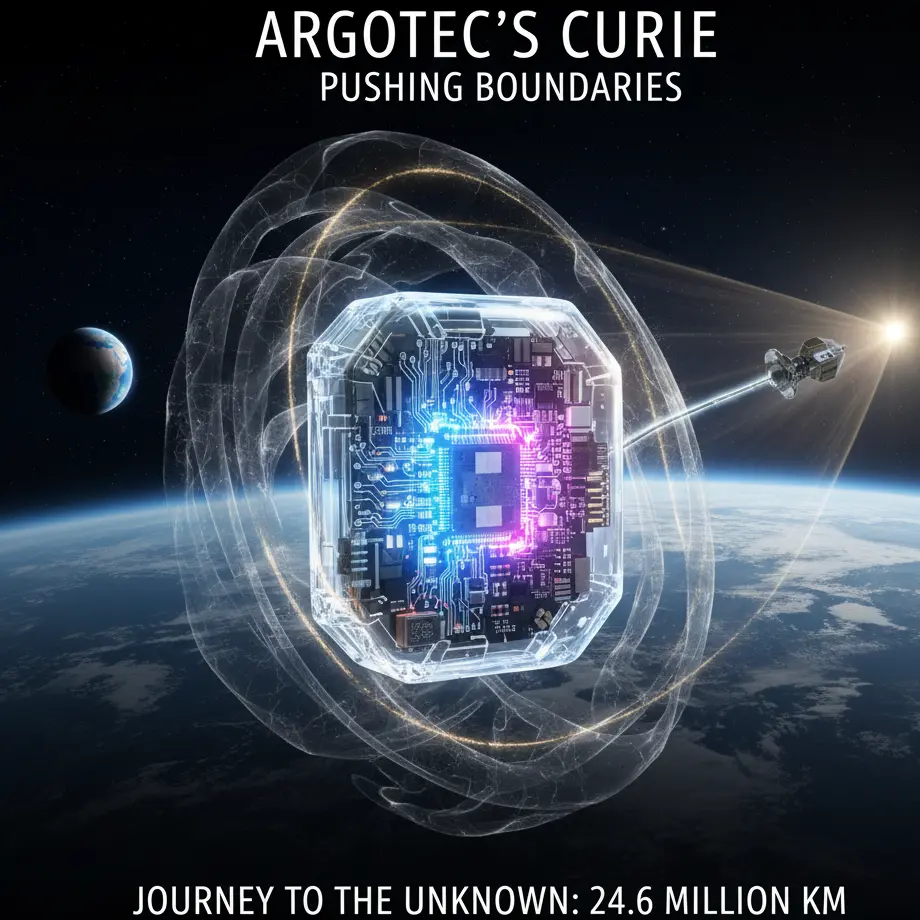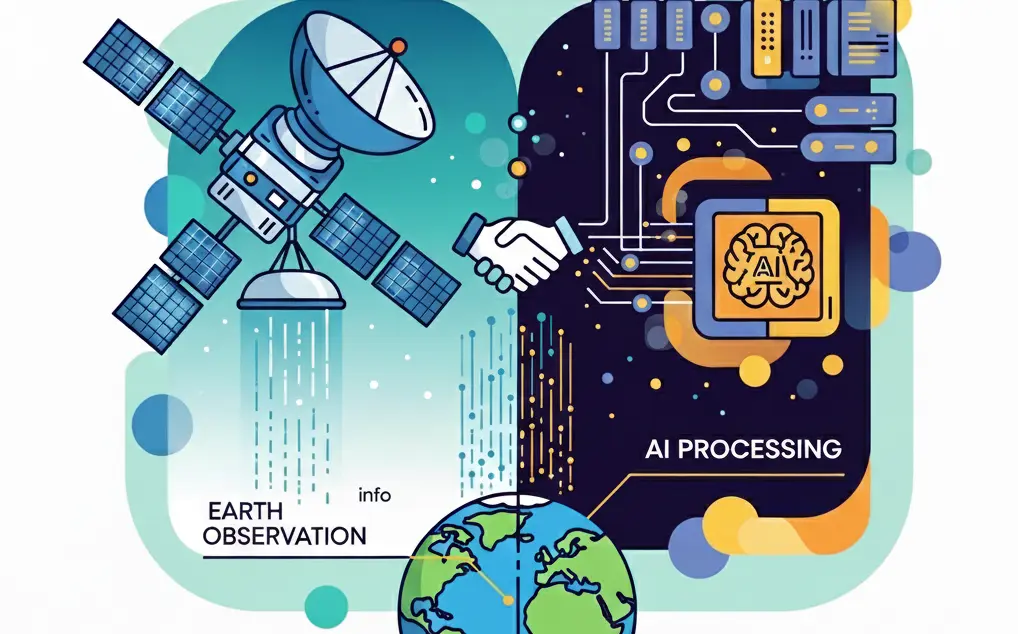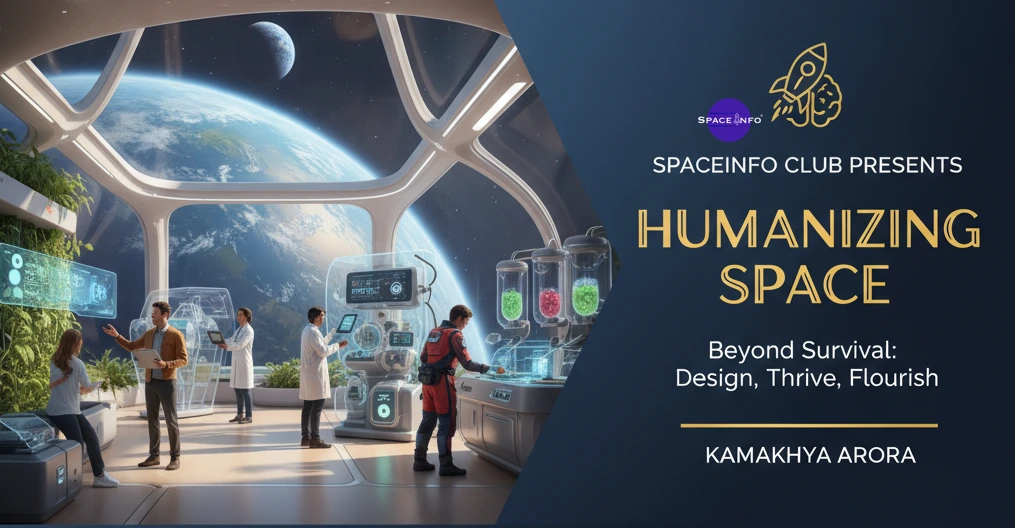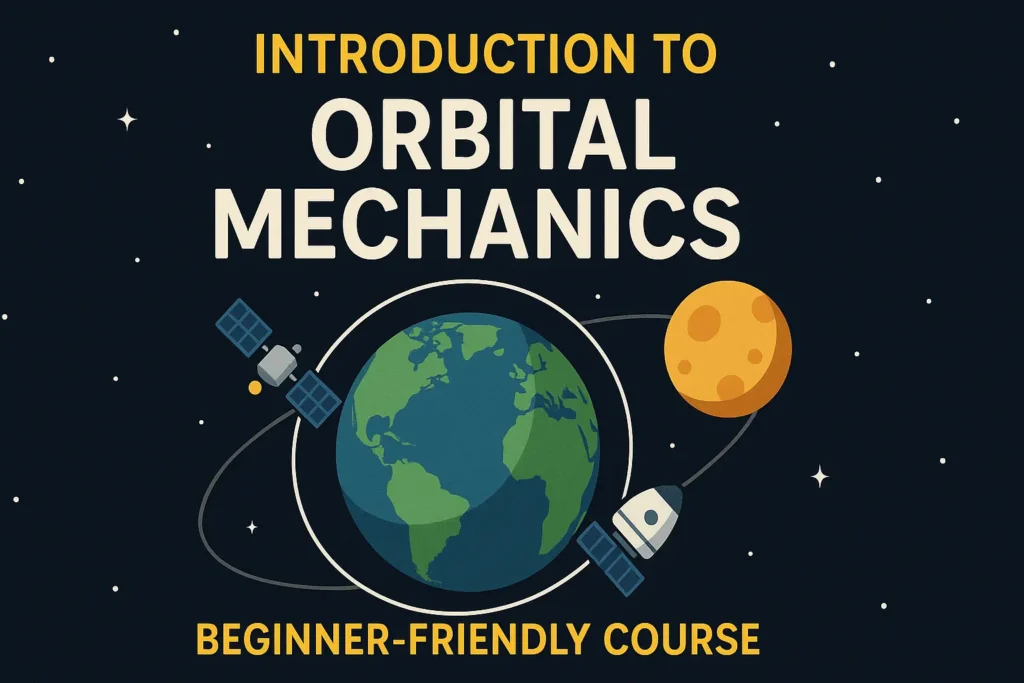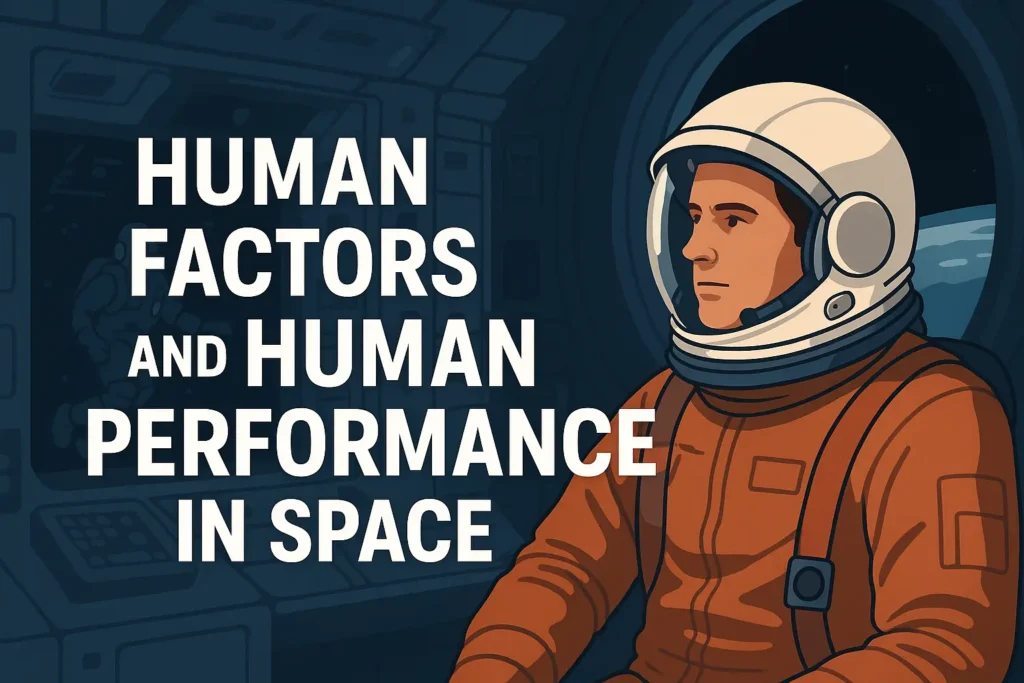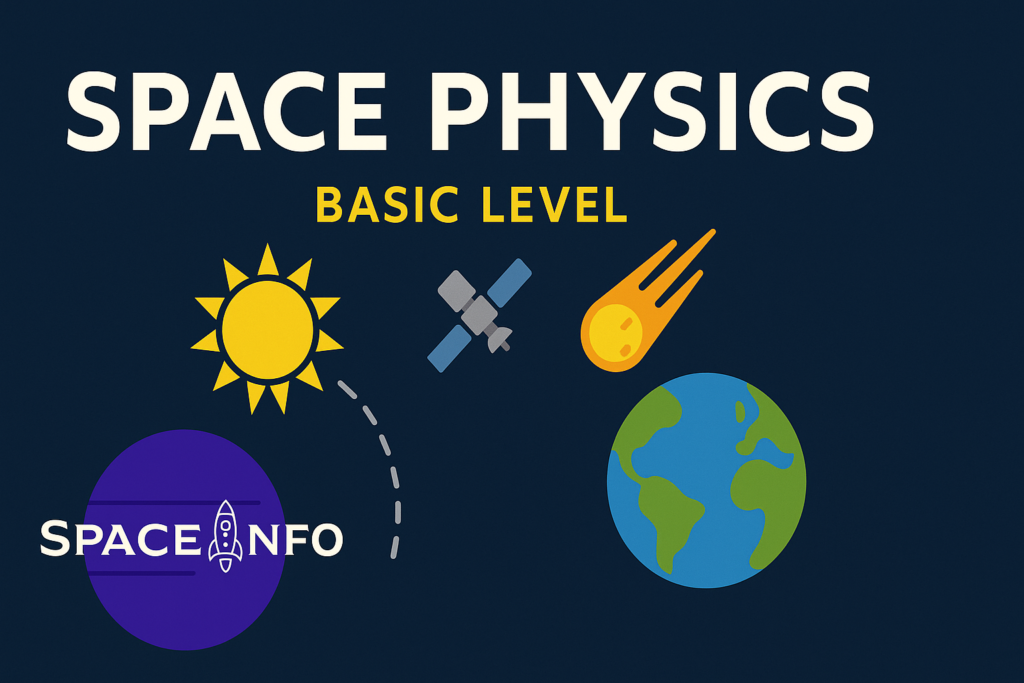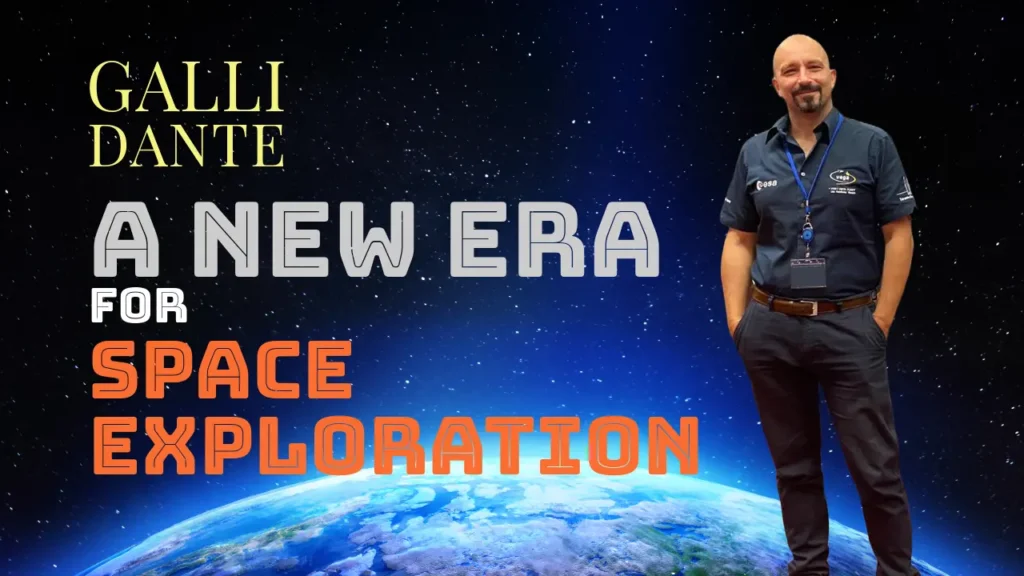
DANTE GALLI
The SpaceInfo Club had the pleasure to ask him some questions. Mr Galli has been part of the European Space Agency for almost ten years and after working on the Vega-C launcher, he’s now the programme manager for one of the most advanced Space programs nowadays: The Space Rider. Enjoy the read!
Can you share your journey and background that led you to become the Space Rider Programme Manager at the European Space Agency (ESA)?
As a kid, always dreamt about being an astronaut. It turned out that I was close finally, but still not enough! I Graduated in Aerospace Engineering at Rome University La Sapienza and started working as thermo-structural engineer consultant for Thales Alenia Space (just Alenia, at the time), working on Radarsat-2 programme.
I moved then in 2003 on the VEGA project at AVIO, as Product Engineer responsible for the AVUM 4th stage AIT and since then working on space transportation, with different roles.
I joined European Space Agency in 2007, working first as Ground Segment Mechanical Infrastructures Manager for the VEGA launch site in Kourou. Quite an experience, lot of months spent in French Guiana following the launch site taking shape. An emotional and greatly rewarding work experience crowned by the flawless VEGA flight of 13th February 2012.
Then I moved to the launch vehicle, serving ESA first as System Engineer and then as Lead System Synthesis Engineer for the VEGA-C Programme.
Finally end-2020 I joined the Space Rider Programme as Space Segment Manager, responsible for all the development and qualification activities of the Space Rider vehicle.
And since January 2022 I’m the Space Rider Programme Manager, in the ESA Directorate of Space Transportation, responsible for the full development of the system: space segment, ground segment and landing site.
As the Space Rider Programme Manager, what are the key objectives and goals you aim to achieve with the Space Rider program? Will the first launch happen in 2024?
My primary and foremost objective is, of course, to contribute to the successful execution of this captivating and challenging programme, that means not only to take flight but also to accomplish the intended experiments in Low Earth Orbit (LEO) (with 18 payloads already on board!) and return to Earth, to be refurbished and ready to re-fly with a new set of experiments.
On a broader and more significant scale, aligning with the European Space Agency’s (ESA) vision for the future of European Space Transportation, as outlined in our DG Agenda 2025 and also in the conclusions of the recent Sevilla Space Summit, the programme has a key objective focused on reusability towards sustainability. This aims to promote a more sustainable use of space by developing interconnected critical technologies and innovations. Another pivotal goal is commercialization, striving for routine access to space, in-orbit activities, and an efficient return from space in a competitive and effective manner.
Regarding the inaugural launch, it will not occur in 2024. This delay is primarily due to inherent delays in the Space Rider development, despite recent notable achievements, including first successful Flight-to-Ground System Validation Test campaign. Flight hardware is in the manufacturing process (with some flight units already delivered), progressing towards the testing and validation phase. Secondarily, we need to consider that the inaugural flight of Space Rider shall be accommodated in the VEGA-C launch manifest, which is already quite busy and we also need to take into account that Vega-C’s return to flight is now planned for Q4/2024. Thus, the launch date will be announced once major system tests (like the drop test campaign of this year) will be completed and the launch manifest of VEGA-C consolidated following its return to flight
The European Space Agency (ESA) operates a launch site in Kourou, French Guiana, known as the Guiana Space Centre (Centre Spatial Guyanais or CSG).
Kourou is situated on the northeastern coast of South America, in French Guiana. Its location near the equator provides an advantage for launching satellites into geostationary orbit, as it allows rockets to take advantage of the Earth’s rotational speed.
The site features a range of launch facilities including:
ELA-1: This was the site of the first launch in 1970 and was primarily used for smaller rockets like the Europa and Ariane 1.
ELA-2 and ELA-3: These complexes are used for the Ariane family of rockets and can handle larger payloads.
ELA-4: Built specifically for the newest generation of the Ariane 6 rocket, this complex offers modernized infrastructure and facilities.
Embracing the Cosmos: World Space Week 2025 & SpaceInfo Club’s Mission
Leicester Scientists Bring Space Exploration to London as Cutting-Edge Telescope Joins SMILE Mission
A Cosmic Accident Solves Jupiter & Saturn’s Silicon Mystery
DWARF 3 vs DWARF 2 Smart Telescope: Is the Upgrade Worth It?
Argotec’s CURIE: The Electric Heart Driving Small Satellites to the Edge of the Unknown
Argotec and UniBap Forge Strategic Partnership to Power Next-Generation Satellite Missions
The VEGA launcher will play a significant role in launching Space Rider missions. Could you provide insights into how the VEGA launcher contributes to the success of the program?
In the Space Rider mission, the VEGA-C launcher not only contributes delivering the payload to orbit as any standard launcher would do, but it actually devotes its AVUM (Attitude Vernier upper Module) forth stage, specifically modified and tagged as AOM (AVUM Orbital Module), to support the Space Rider orbital and re-entry mission phases, when AOM guarantees power generation, attitude and orbit control to the Space Rider RM (Re-entry Module), which together form the SR (Space Rider) Spacecraft. This is achieved either by improving the AVUM configuration to guarantee all of its components can survive the harsh space environment for more than two months, or adding a brand-new module, the so-called ALEK, (AVUM Lifetime Extension Kit) – which implements the functionalities that are not available to a standard AVUM, id est power generation, orbital attitude sensing and control and communication and commandability from ground. This synergetic approach between Space Rider and VEGA is actually very beneficial, since it allows notable optimizations of the vehicle configuration and operations. Just to provide few examples:
- As far as the Space Rider configuration is concerned, the fact that the AVUM hardware is shared with the launcher, providing thrust both during the launcher ascent mission and the orbital phase, ensures a dry mass saving and development time and cost saving for those consolidated and flight-proven hardware and technologies that come from the AVUM heritage.
- As far the Space Rider operations on ground, and in particular the vehicle preparation before launch, the close connection between the two programs allow to optimize the overall combined operation flow, reducing the gap between the latest moment in which sensitive biological experiments can be loaded on-board and the launcher lift-off time, cutting critical time which is fundamental to guarantee the survival of the biological samples when in ground conditions and for Space Rider to offer a service to its Customers that is competitive on the market.
Launched on Vega-C, Space Rider will serve as an uncrewed high-tech space laboratory operating for periods longer than two months in low orbit. Up to 800 kg of payloads can fit inside the environmentally controlled cargo bay that offers 1200 litres of payload volume and provides services including 600 watts of power along with thermal, control, data-handling and telemetry capability. Offering an array of orbit altitudes and inclinations, Space Rider will enable a large variety of experiments in microgravity, open opportunities for educational missions, and help prove technologies for Earth observation, science, telecommunication and robotic exploration. Non-space-based companies can use Space Rider as a shortcut into the space arena, bypassing the need to become expert space users. At the end of its mission, Space Rider will then re-enter the Earth’s atmosphere and land, returning its valuable payload to eager engineers and scientists at the landing site. After minimal refurbishment it will be ready for its next mission with new payloads and a new mission.
[Text Credits: ESA]
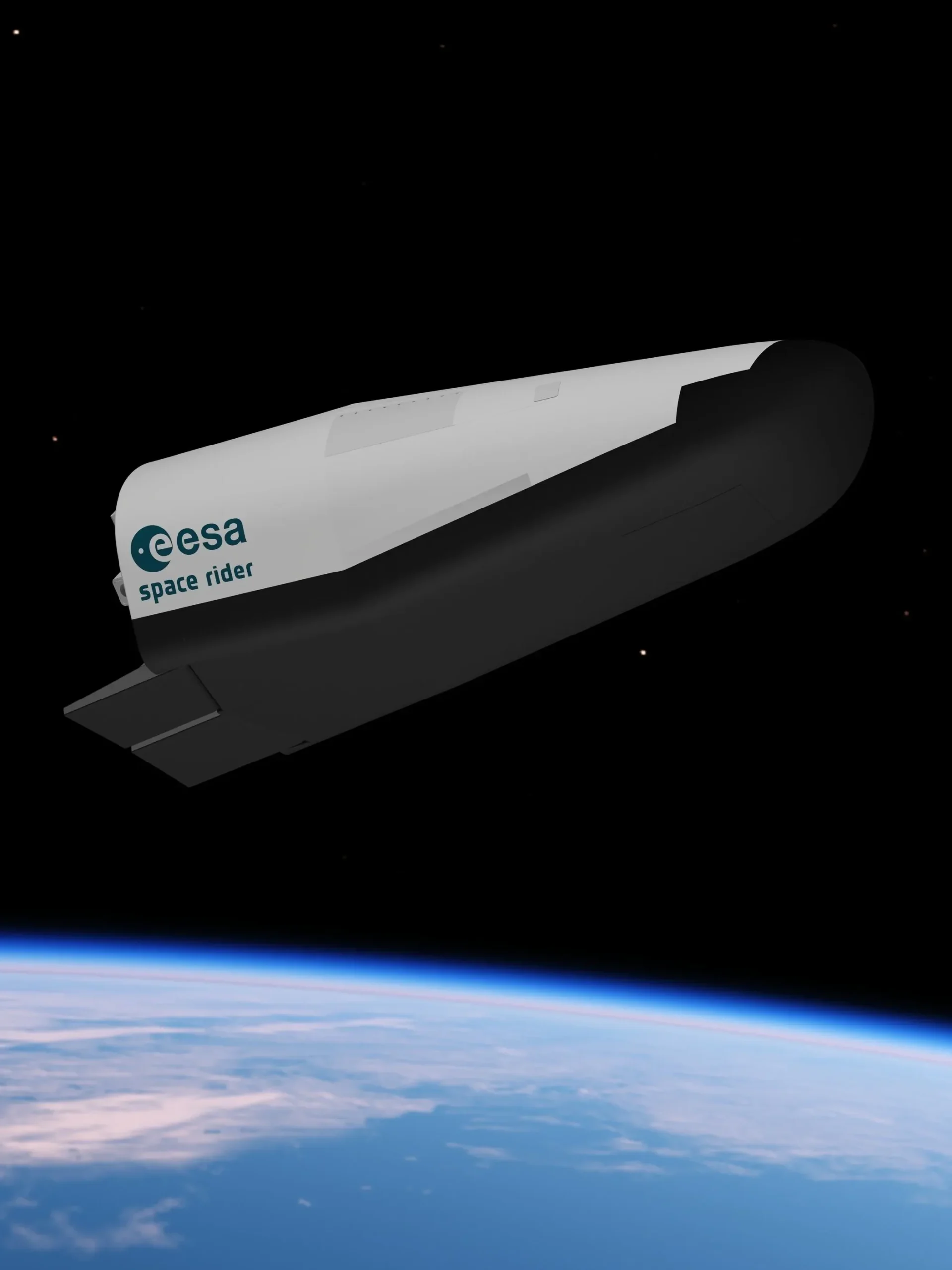
What challenges and opportunities do you foresee in the development and execution of future Space Rider missions?
The current landscape of space exploration and operations is witnessing a shift, with the International Space Station (ISS) no longer the sole guarantor of technological development. Various platforms are emerging, propelled by record investments in new space transportation systems and stations globally. Notably, space factories will enable advanced research and development (R&D) and manufacturing for non-traditional space industries. This trend will transform Low Earth Orbit (LEO) into an “outsourced environment,” allowing terrestrial companies to apply their outsourcing models to space activities.
Amidst this backdrop, Space Rider emerges as a significant player—the first commercial European reusable and uncrewed transportation system designed for routine access to and return from LEO. Its automated and non-crewed characteristics make it well-suited for flexible and rapid in-orbit operations, catering to the needs of non-traditional space industries seeking space industrialization capabilities.
However, Space Rider faces also several challenges. Market demand is crucial, necessitating a deep understanding of customer needs and competitive pricing. The development costs of a reusable space vehicle can be high initially, requiring a delicate balance between upfront investment and long-term cost savings. Technical complexity involves overcoming challenges related to thermal protection systems, reliable propulsion, and the intricacies of reentry and landing. Also operational safety is paramount, demanding stringent measures and system redundancies to ensure the safety of payloads and the vehicle throughout its lifecycle.
On the flip side, Space Rider presents various opportunities. Its versatility allows accommodation of diverse payloads and mission profiles, attracting a broad customer base, including scientific researchers, commercial entities, and governmental agencies. Success in the Space Rider program could open new commercial avenues in space activities, such as in-space manufacturing. Moreover, the technological advancements required for a reusable space vehicle could lead to spin-off applications in other industries, fostering innovation and economic benefits beyond the space sector, with interesting potential synergies, for example, with the aeronautic sector and the increasing interest in point-to-point hypersonic aircrafts.
Ultimately, the realization of these opportunities and overcoming challenges hinges on the success of future Space Rider missions. The program’s adaptability to evolving market demands and technological advancements will be crucial in shaping its impact on the space industry.
How does the Space Rider program align with ESA’s broader vision and goals for space exploration and research?
Space Rider stands out as Europe’s space factory, distinguished by its unique uncrewed configuration. This sets it apart from emerging private space stations and cargo vehicles, enabling accelerated autonomous manufacturing, in-orbit transportation, operations and servicing, high-temperature furnaces, and research on more complex pathogens—all conducted in a fully automated manner.
The design concept of Space Rider strongly emphasizes automated operational capabilities, providing flexible services tailored to a diverse range of customer needs. Additionally, it offers support capabilities to facilitate the development of innovative technologies and experimentation for in-space manufacturing.
As a result, the system holds a strategic position for the collaborative development of in-space operations with other automated platforms, addressing future challenges for In-Orbit Operations. And this collaborative effort is currently indeed the focus of many ongoing advanced engineering studies at ESA.
In this sense, the broader vision for Space Rider (SR) future contribution to ESA space exploration and research is based on the following pillars:
- SR as a transportation system: to allow access to space in LEO and beyond;
- SR as a qualification system: to support technology innovation for in-space operations, and hypersonic transportation systems;
- SR as a building block: towards full exploitation of reusability and as an example of sustainable access to and return from space;
- SR as an ISS and manned platforms alternative: to complement with a fast paced and cost contained in-space service;
- SR as a micro-g platform: to continue supporting traditional space industry and attract non-traditional terrestrial new players;
- SR as a pure in-orbit servicing platform: in a technological and operational innovative business model for interaction with other platforms.
In terms of reusability, Space Rider employs a combination of advanced lightweight and heat-resistant materials, innovative cost-effective manufacturing methods, and novel approaches in the verification and validation of units and subsystems, all geared towards enabling multiple reuses.
In your experience, what are the most critical technologies and innovations driving the success of Space Rider missions?
The major challenges and objectives of Space Rider are prominently centred around reusability and its intended capability to support the development of the space transport, in-space service, and return market.
In terms of reusability, Space Rider employs a combination of advanced lightweight and heat-resistant materials, innovative cost-effective manufacturing methods, and novel approaches in the verification and validation of units and subsystems, all geared towards enabling multiple reuses. The overall design approach emphasizes a rapid and cost-effective turnaround, encompassing facilities and procedures for inspecting, refurbishing, and reassembling components quickly and efficiently.
Closely tied to the reusability aspect is the fundamental technology and innovation of Space Rider’s autonomous landing on the ground under a parafoil, with a precision landing capability of less than 150 meters. This capability involves the development of novel algorithms combined with near real-time adjustments to the descent trajectory based on various parameters, such as meteorological conditions, including wind direction and intensity. This critical technology not only enhances Space Rider’s capabilities but also opens up possibilities for future applications, such as recovering upper stages under parafoil on drone sea-borne platforms, a concept currently under study at ESA.
Concerning market development, the focus is on creating new business models aligned with the way terrestrial customers engage. Meeting the increased demand for Space Rider and leveraging Europe’s industrial capability in Low Earth Orbit (LEO) are essential elements in responding to this trend. The technologies required for the exploitation of such a complex system are not only inherently challenging but also intricately linked to the entire value chain, leading to the final implementation of routine access, in-orbit activities, and return from space—key objectives for Space Rider. To achieve these goals, sustainable and scalable routine mission preparation processes are imperative in developing an effective, competitive, and efficient business model.
Can you elaborate on the international partnerships and collaborations involved in the Space Rider program?
Well, I would say that international partnerships on this programme are countless and a demonstration of how European Space Agency excels in fostering global collaboration in space endeavours, a hallmark that I would say sets ESA apart in the field.
Clearly, we have a strong Italian participation and leadership of the programme, with the fundamental support of the Italian Space Agency and with 4 Italian industrial co-primes. Two for the Flight Segment: Thales Alenia Space Italy, in charge of the Re-entry Module, and AVIO, in charge of the AVUM Orbital Module. And two for the Ground Segment: Telespazio and ALTEC. But then, we have dozens of industrial partners spread all-along Europe and in charge of the various subsystems and units composing this complex and challenging vehicle. To mention the most relevant ones we have:
For the computer and software, we have Thales Alenia Space Italy (IT) in charge of the On-Board Computer and GMV (ES, PT, RO) and Spacebell (BE) in charge of the On-board SW. And also, we have quite a significant number of MGSE and EGSE, most of them developed by Romanian companies as ATOS, TERMA, SONOVISION.
| For the AVUM Orbital Module: | |
| ALEK Structure: | Beyond Gravity (CH) |
| Electrical Power Subsystem: | Leonardo (IT), Beyond Gravity (CH), Kongsberg (NO) |
| Reaction Wheels: | Bradford (NL) |
| Magneto-meter & Magneto-torquer: | Lusospace (PT) |
Not to mention, last but not least, the fundamental cooperation with our colleagues of other two national space agencies:
- CNES, managing the adaptations of the Launch Range means at the French Guiana Spaceport to fulfil the Space Rider mission specificities and the preparation and implementation of the dedicated landing site at CGS for equatorial missions;
- PTSpace, in charge of the preparation of the alternative landing site in Santa Maria of Azorre, for mid-inclination missions
So all in all, as you can see, this programme is quite an international partnership indeed, with a strong Italian leadership.
| For the re-entry module: | |
| Cold Structure: | Beyond Gravity (CH) |
| Thermal Protection System: | CIRA (IT) |
| GNC: | SENER & DEIMOS (ES) |
| Mechanisms and Landing Gear: | FRENTECH (CZ) |
| Descent System: | CIMSA (ES) |
| Aerodynamic Surface Control System: | SABCA (BE) |

Artist view of the family of launchers to be operated on behalf of ESA from the Guiana Space Center (CSG), Europe’s Spaceport, in Kourou, French Guiana. Credits: ESA/CNES/ARIANESPACE – D. Ducros
As the program evolves, how do you see the role of reusable space systems, such as Space Rider, shaping the future of space exploration and satellite deployment?
The impact of reusable space systems, exemplified by the Space Shuttle (with acknowledged challenges like high maintenance and refurbishment costs) and notably recently demonstrated by SpaceX’s Falcon 9 and Falcon Heavy, is significantly shaping the landscape of space transportation and exploration. Europe, through initiatives such as Space Rider and various projects at institutional and private levels, is actively participating in the earnest pursuit of this ‘race to reusability.’
The driving forces behind this endeavor are clear: cost reduction to make space more economically accessible, rapid turn-around for quicker access to space, innovation by fostering the development of robust, reliable, and efficient systems capable of multiple uses, and sustainability by significantly minimizing the environmental impact of space activities.
In essence, the increasing adoption of reusable space systems is poised to revolutionize the space industry. This transformative shift promises greater accessibility to space, cost reduction, and a surge in innovation. Consequently, it will open up new opportunities for exploration, satellite deployment, and commercial activities in space, ushering in a long-anticipated transition from a mere ‘access to space’ concept to a genuine Low Earth Orbit (LEO) space logistics paradigm.
Space Rider perfectly integrates into this evolving landscape, serving as a pivotal enabler for reusability, routine access and return from space, in-orbit operations, and interoperability capabilities. In doing so, it plays a crucial role in advancing the objectives of cost-effectiveness, accessibility, and sustainability that define the future of space exploration and utilization.
Protected: Designing for Space by Kamakhya Arora
by Kamakhya AroraSpace exploration is one of humanity’s boldest endeavours—driven by our relentless curiosity, imagination,…
Astronomy Basics
🌠 Explore the Universe Like Never Before!🔭 Discover the secrets of stars, planets, and galaxies…
[Preview] Orbital Mechanics – An Introduction
Discover the fundamentals of orbital mechanics in this beginner-friendly course—no prior experience needed! Explore how…
Human Factors and Performances
Human factors and human performance in space are critical areas of study in spaceflight operations,…
Space Physics – Basics
Explore the dynamic forces that shape our space environment in this exciting journey beyond Earth’s…
The VEGA launcher has recently undergone advancements and updates. How do these enhancements contribute to the overall efficiency and reliability of launching Space Rider missions?
The VEGA launcher is able to guarantee about 2 tons to @ 400 km quasi-equatorial orbit, thus the Space Rider mission would have simply been not possible with the original version of VEGA. Thanks to the introduction of VEGA-C, the launch system performance is able to deliver more than 3 tons to the destination orbit, so that, when we consider also the weight of the fourth stage, shared between the launcher and the AOM, we approach an overall weight of the SR spacecraft of almost 5 tons while in-orbit, a big achievement made possible by the synergic approach with VEGA-C and by its improved performances.
To date, as you know, VEGA-C is in the process of return-to-flight, whose objective is to recover the full reliability of the VEGA launch system, for the benefit of Space Rider and of the whole Customers’ community. This is clearly a fundamental step on the path of Space Rider towards its inaugural flight, but there is more than that: today, VEGA-C is able to bring Space Rider into quasi-equatorial orbits, allowing the Re-entry Module to land back the Guyana Space Center, but the launcher will benefit from several planned evolutions, starting from more powerful solid rocket boosters, devoted to performance improvements, that will progressively allow Space Rider to either carry more payload mass or access higher inclination orbits, thus to serve an even wider range of Payloads and in-orbit experimentations and opening the possibility to land back to insular and even, potentially, continental Europe.
Can you share a memorable or challenging moment from your experience as the Space Rider Programme Manager?
Well, I ‘d like to think the many ones yet to come, as we are now fully into the Phase-D of the programme, meaning the manufacturing, testing and validation phase – definitively an interesting one after years of design phase and facing so many challenges and complex analyses.
Recently, I`d like to mention the successfully completed first System Validation Tests (SVTs), which aim to validate the interfaces between the ground and flight segment elements. This happened just end of last year, with a joint effort from teams from Telespazio, Altec and Thales Alenia Space. All tests were completed successfully and flawlessly. While this is only the first of many SVT campaigns to come, the successful completion of this initial testing gets Space Rider one step closer to inaugural flight and I also had the opportunity to witness a truly inspiring team work and spirit, that was a pretty good way to conclude the year and prepare for the next to come

